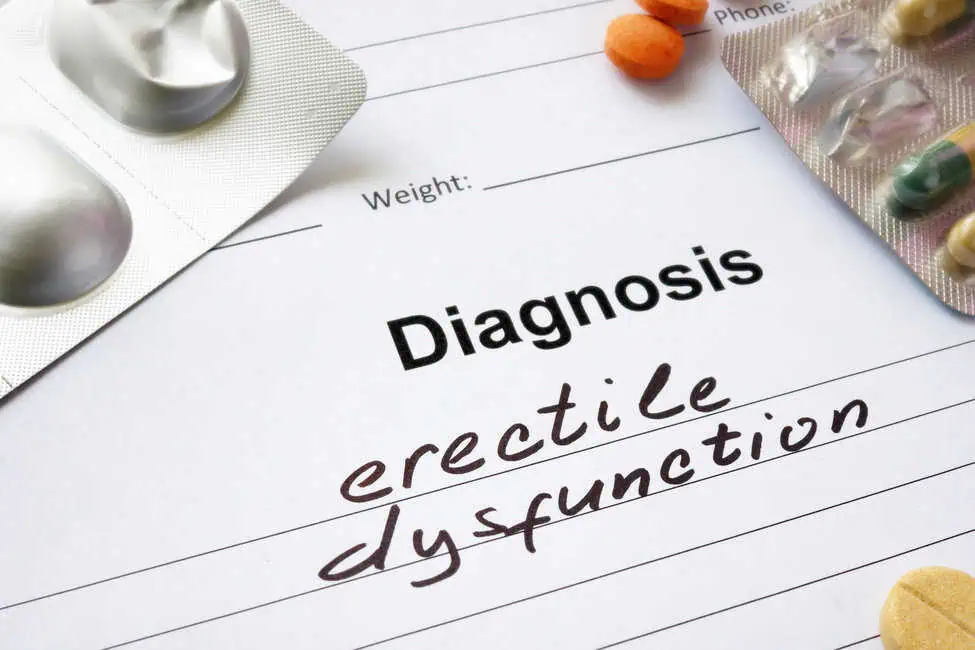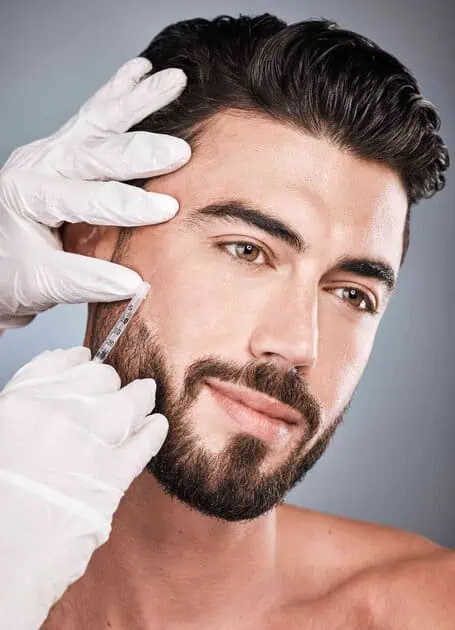IV Therapy is a medical procedure transfers liquid substances into your bloodstream and can be helpful for headaches, allergies, anxiety, and much more.
IV Therapy, also known as Intravenous therapy or IV infusion, is a medical procedure that involves the administration of liquid substances directly into your bloodstream. It’s an effective way to deliver medications and other fluids right where it needs to go. The primary purpose of IV therapy is to obtain a rapid clinical response, provide hydration and nutrition, replace electrolytes, and help with tissue repair.
How Does it Work?
IV therapy works by delivering the medication or fluids directly to your bloodstream. An IV delivery method is through an intravenous catheter inserted into a vein in your arm. This process is typically done by a trained medical professional who will also monitor you during the procedure. The intravenous catheter is connected to a small IV bag containing the medication or fluids, and once it’s in place, the medications or fluids can be administered quickly.
The Benefits of IV Therapy
IV therapy offers a wide range of benefits for patients needing rapid hydration, electrolyte replacement or medication delivery. Here are some of the most common uses and benefits associated with this medical procedure:
- Rapid Hydration: IV therapy is an effective way to quickly restore fluids in a patient who may be dehydrated due to vomiting, diarrhea or a fluid loss.
- Electrolyte Replacement: Dehydration can also cause an electrolyte imbalance in the body. IV therapy can quickly replenish electrolytes that are lost due to dehydration.
- Nutritional Support: In some cases, IV therapy is used to provide nutritional support for those who may not be able to take nutrition orally through food or beverages.
- Medication Delivery: IV therapy is also an effective way to quickly deliver medications directly into the bloodstream, such as antibiotics, pain medication, and chemotherapy.
- Tissue Repair: IV therapy can help with tissue repair by supplying the necessary nutrients your body needs for healing. This may be beneficial in cases where a wound requires significant repair.
Types of IV Therapy
There are several different types of IV therapy that can be used to deliver medications or fluids. Depending on the situation, your doctor may choose one of the following:
Intravenous Push
This involves pushing a medication directly into the vein over a few seconds. This is a fast way to deliver medications and works well for emergency situations where time is of the essence.
Intravenous Drip
This type of IV therapy is used to deliver a slow and steady stream of medication or fluids over a period of time. This is useful for providing hydration, electrolyte replacement, and nutritional support.
Intermittent Infusion
This involves administering medications or fluids in smaller doses throughout the day in order to reduce the risk of side effects. This type of IV therapy is typically used for patients who need long-term medication delivery or hydration.
Intravenous Lock
An intravenous lock, also known as a PowerPort or PICC line, is a device that allows medications and fluids to be delivered through an implanted port in your chest. This device allows for easy access and requires minimal medical intervention.
Hydration Treatments
Hydration treatments involve the use of IV therapy to replenish fluids in a patient who may be severely dehydrated. This is often used for patients with medical conditions that cause vomiting or diarrhea, or those who are unable to take fluids orally.
Platelet-Rich Plasma (PRP) Injections
PRP injections involve the use of IV therapy to deliver platelet-rich plasma directly into an injured area. This is a non-invasive way to promote tissue healing and can be used for a variety of injuries, including ligament and tendon damage.
IV Therapy Could Be Exactly What You Need
IV therapy effectively and safely delivers medications, fluids, and nutrition directly into your bloodstream. It’s a quick and efficient way to replenish fluids in dehydrated patients or require nutrition support. IV therapy can also be used to deliver medications for the treatment of various medical conditions. If you think IV therapy may benefit you, discuss your options with your doctor.
Although IV therapy is generally safe, there are some risks associated with the procedure. These include infection at the site of insertion, discomfort during and after insertion, irritation or inflammation of the vein, and possibly bruising or swelling near the insertion site. It’s important to understand the potential risks before you decide to have an IV therapy procedure. Your doctor can provide more information on the possible risks associated with IV therapy. At JW Holland Wellness & Aestheticsin Tulsa, Oklahoma, our IV Therapy services will help you with anxiety, allergies, fatigue and much more. Contact us today to learn more about how our IV Therapy services can help you.








